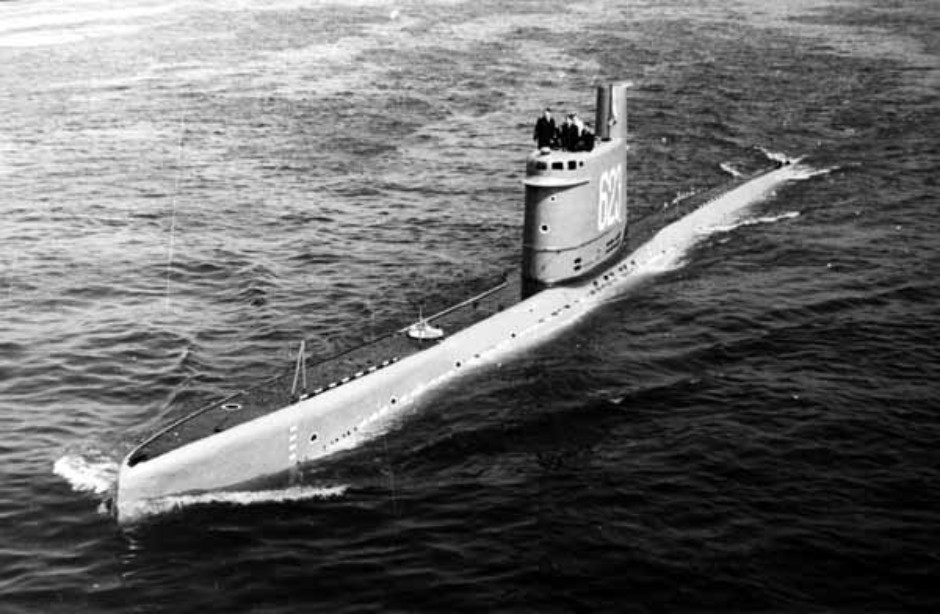 Originally posted 13tth Dec 2014. Thank you to everyone who has provided further information.
Originally posted 13tth Dec 2014. Thank you to everyone who has provided further information.


 Cold War history often centered on the arms race between West and East. Throughout the 1950s and -60s both sides rushed to modernize their massive yet increasingly outmoded armed forces and an arms race on a scale never seen before or since ensued. One of the major fuels in this race was the rapid exploitation of captured Axis technology. German rockets, aircraft designs and super submarines with snorkels all played a part. Less well known were the fruits of captured Italian and Japanese technology.
Cold War history often centered on the arms race between West and East. Throughout the 1950s and -60s both sides rushed to modernize their massive yet increasingly outmoded armed forces and an arms race on a scale never seen before or since ensued. One of the major fuels in this race was the rapid exploitation of captured Axis technology. German rockets, aircraft designs and super submarines with snorkels all played a part. Less well known were the fruits of captured Italian and Japanese technology.
The infamous Bomber & Missile gaps
In 1954 the Western press, politicians and public reacted with hysteria when a ‘Bomber Gap’ was reported. It was believed (with varying degrees of sincerity) that Soviet Russia had many more jet powered nuclear bombers than the west. Released to the press, this information fueled hysteria and defense spending, and led to the development of the famous U2 spy plane which ultimately proved that it was a myth. The Russians had a grand total of 20 Myasishchev M-4 (NATO: BISON) jet bombers, but had fooled western observers by flying them around in circles over a military parade to make it appear that there were many more. The BISON was not even a very successful design, never achieving the service record of the famous Tupolev Tu-95 BEAR which was designed as its contingency.
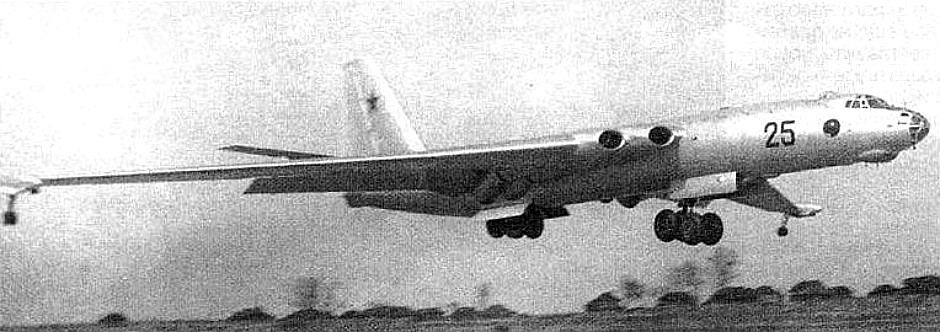
Just two years later the West reeled from the similar ‘Missile Gap’ whereby it was claimed that the Soviets had many more inter-continental ballistic missiles. Again this view was mistaken.
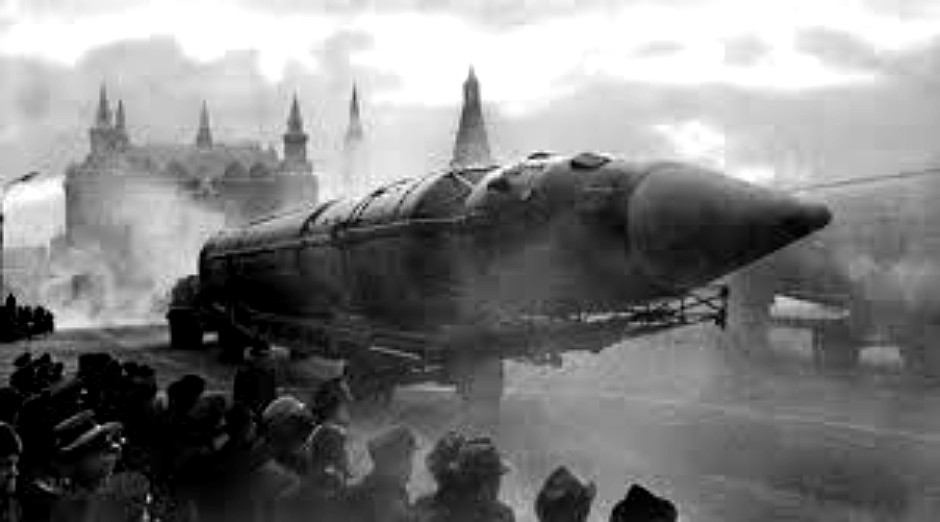
Midget Submarine Gap
The above scares occurred in the public arena and are well recorded in history. But they were not the first ‘gap’ scare in the secretive world of military intelligence. In the immediate post-war years those with Top Secret clearances in UK and US were concerned of reports that Russia was building a fleet of midget submarines which could deal a deadly blow to NATO navies in the opening moments of World War Three. Declassified documents found in the National Archives (UK) and CIA FOIA Reading Room (US) shed interesting light on these fears.
Midget submarines had been used by most participants in World War Two (notably excluding US) and had scored some significant successes. The Italians and British had scored remarkable victories with the ‘pig’ human torpedo and X-Craft respectively. The tactical and strategic relevance of the X-Craft was particularly strong in British minds and even the USN was now started to build its own (the USS X-1).
CLICK for higher resolution image: 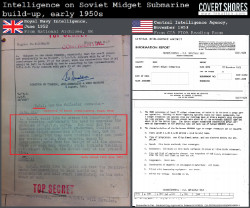
1952 Royal Navy documents classified as Top Secret detail the perceived Soviet midget submarine threat:
“D.N.I [Director of Naval Intelligence] would like to stress the importance of this function [defensive exercises], particularly the need to exercise the defenses of N.A.T.O. ports. Not only did the Russians acquire some 50-70 ex-German, Italian and Japanese midget submarines after the war, but it seems likely that they have produced their own post-war version, which, from reports, seems to incorporate parts from the design of all above. There are also reports which indicate training in midget S/Ms in the Soviet Navy at the present time.”
The main Axis midget submarine types which concerned them would have been:
a) German Type XXVII Seehund midget submarine
The Seehund was the last and most highly regarded of the German WW2 midget submarines to enter service. It was armed with two 21” (533mm) heavyweight torpedoes which were of limited use in defended ports. It was smaller than the equivalent British and Italian types and could not carry frogmen for a limpet mine attack, although it could have conceptually been modified to carry mines.
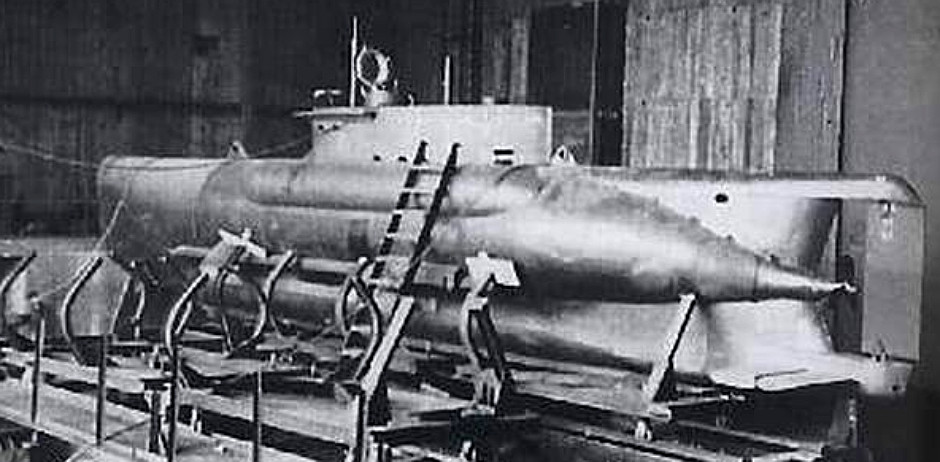
Western analysts suspected that large numbers had fallen into Soviet hands. In fact only two were taken back to Russia complete, and only one of which was brought back into limited service for trials purposes in 1948.
Displacement: 17 tons
Length: 39 ft (12 m)
Beam: 5 ft (1.5 m)
Speed: 7 kts surfaced, 3kts submerged
Range: 270 nm at 7 kts surfaced, 63 nm submerged
Crew: 2, no passengers
b) Italian CB midget submarine
The CB type midget submarine was designed in great secrecy by Italy just before WW2 and is considered a highly capable design. It was armed with two torpedoes but variations on a related design (CA type) included modification to allow frogmen to use it as a transport for limpet mine attacks.
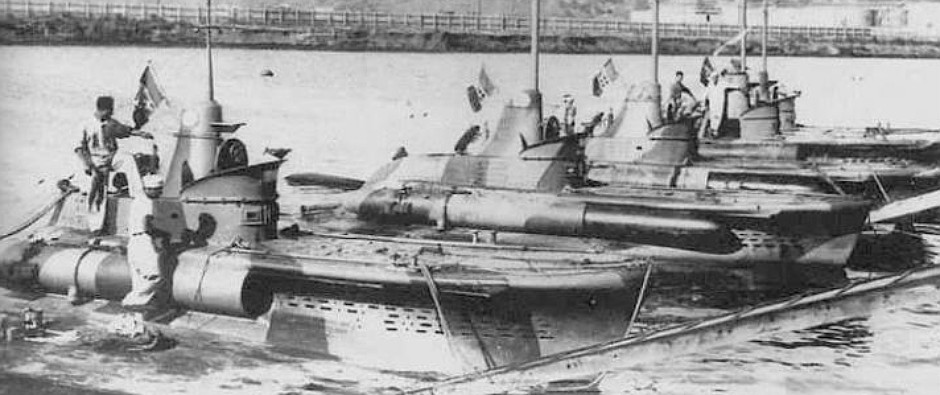
Italian CB Class midget submarines in the Black Sea, WW2
Western analysts seem to believe that the Soviets obtain significant numbers of this well-engineered and capable midget submarine from Italian forces fighting in the Back Sea theater. In fact the Soviet navy had placed five into service in 1944, but never adopted the type in any numbers.
Displacement: 35.4 tons surfaced, 44.3 tons submerged
Length: 14.99 m (49.2 ft)
Beam: 3.00 m (9.84 ft)
Draught: 2.05 m (6 ft 9 in)
Speed: 7.5 kts surfaced, 7 kts submerged
Complement: 4
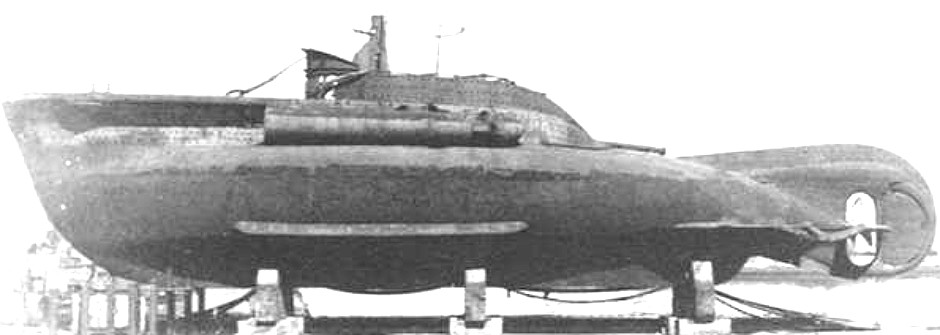
Reality check
The reports that Royal Navy D.N.I. and CIA were referring to probably had some credibility, but with hindsight the conclusion that the Soviet Navy was amassing a significant unconventional midget submarine force was far off the mark. The Soviets were quite slow to adopt midget submarines and frogmen, only forming the modern Naval Spetsnaz in the 1950s and not bring SDVs on line until near the end of the decade. There certainly wasn’t a large fleet of ex-Axis midget submarines.
Theory
The Soviets were however building large numbers of small coastal submarines which might to an untrained observer (e.g. a spy reporting to Western Intelligence) appear to be midget submarines. The M-Series of submarines (particularly M-XV series) were just 50m long and armed with four torpedoes. Their tactical use was limited but they were cheap to build and it was more of a stopgap measures. Although a large number were in service in the immediate postwar years, with 57 M-XV type built, they were dated even then and are rarely more than a footnote in books on the Cold War submarine history. Could these have been the cause of the midget submarine scare?
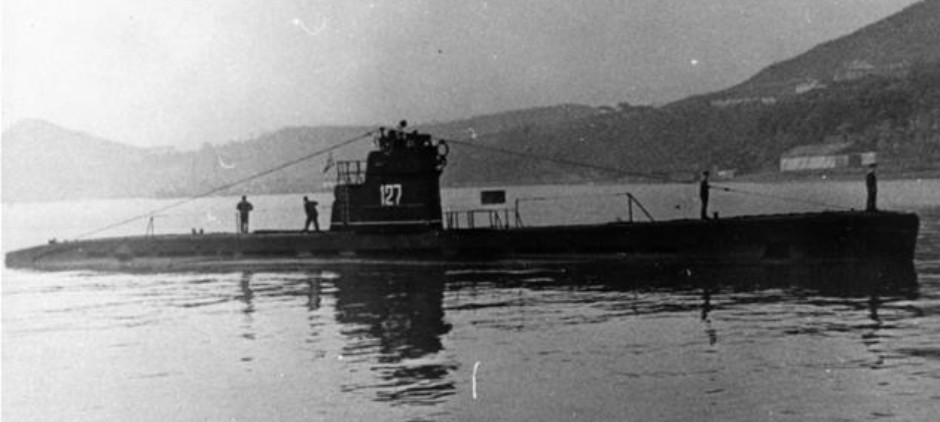

Soviet M-XV (aka Type-96) coastal submarine, postwar construction
Russia also built 31 of the follow-on Project-615 QUEBEC coastal submarines with Air Independant Propulsion (AIP):
